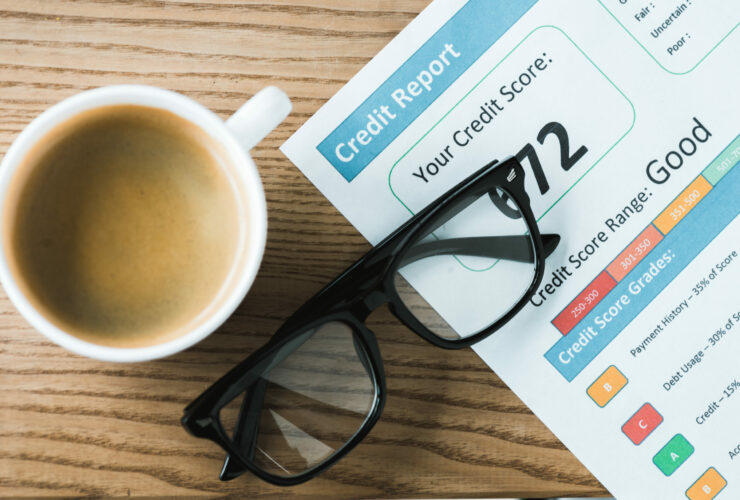How to start building a million-dollar property portfolio
Property investing is a tool that a lot of people on the millionaires’ list use to build wealth. Ironically, only 20% of people living in Australia are property investors. The number goes smaller towards the lower age brackets.
The reason behind this might be because of financial constraints. To buy a property, you need cash and saving is not exactly everybody’s strong suit.
It doesn’t end there. Building a strong property portfolio requires that you execute sound strategies based on real data.
It takes continuous effort and discipline to be successful in this field. And if you want to get started, there is no other perfect time but now.
What is a property portfolio?
A property portfolio is a collection or a list of all the property investments owned by a person or a group.
Investing in only one property is okay, however, if your goal is financial freedom or early retirement, you will achieve this faster with multiple investment properties.
How do you start building your property portfolio?
It all starts with assessing your financial capacity, risk appetite, and financial goals. How you go about your property investment journey is highly personal. While there are formulas to a successful investment journey, there is no strategy similar to another. You can’t just copy what exactly this one person did and expect the same results.
Setting your goals
For example, your long-term goal is to be able to retire happily with consistent rental income. This will be the basis of your next steps.
Get down to the specifics of your goal so you can plan your strategy well. This will give your overall plan a structure. It could be a target of $5,000 in rental income per month after 3 years.
Expect that investing in your first property is the hardest part, but as you go along, the snowball effect will start.
Frugal spending habits
As you start, you can look into an area-specific target property. Gather information about the average price of houses in the area and the down payment required.
Calculate this against a time frame. Say, for example, the required deposit for your target property is $50,000. Calculate how much money you can set aside every month to afford the down payment.
If you can set aside $1000 every month, it will take you 4 years to be able to afford the down payment. Depending on your financial capacity, you may opt to double your saved amount to halve the number of years it takes.

You also have the option to pay for a Lender’s Mortgage Insurance (LMI) instead. This is when a lender classifies you as a high-risk borrower which usually happens when you have less than the 20% deposit required. This protects the lender in case you default on your loan.
You have to weigh it carefully between waiting to save up for the deposit or paying LMI which could be a one-off payment upon loan settlement or can be charged throughout the life of the loan.
Knowledge of equity
Building equity is crucial to your property investment. You can use your property’s equity to fund your next purchases. The benefits of equity depend on timing. However, it is impossible to perfectly predict the movement of the market. What you can do instead is to focus on finding properties that have good fundamentals.
When you have a property with good growth potential, you just have to wait for that potential to materialize.
Property investment strategy
Location choice and diversification
You know what’s been said about eggs, you can’t put all of them in the same basket. Buying properties in just one area increases your risk of losing so much when a problem arises in that location.
You can check out properties outside of major cities for your first investment. Houses in major cities like Melbourne and Sydney have sky-high prices. To get the ball rolling, you can start off with a property in non-major markets.
Of course, if you have enough money to break into the major markets, it’s totally up to you and your investment strategy.
You can aim for a balanced portfolio by scattering properties in both the major markets and smaller ones that have high growth potential.
Another way you can diversify is by investing in different classifications of properties: dive into both the residential and the commercial markets.

Negative gearing vs. positive cashflow
When you buy a property, where do you get the mortgage payments and other expenses?
If your property can generate enough rental income to cover these expenses, then this is considered positive cash flow. It basically means that the property is paying for itself.
For example, a property has a rental return of 4% and your lender charges you 3% for the mortgage, you still have a surplus.
If after making mortgage repayments and covering expenses, there is still some left from the monthly rental income, the surplus can be saved up to fund your next purchase.
On the other hand, some investors use negative gearing in their investments. Negative gearing is the opposite of generating positive cash flow. When you owe your lender 4% each month and your property only makes 3% in rental return, then you will be the one to cover the remaining 1%.
You can claim tax benefits when a property is negatively geared. The losses incurred can be used to offset other taxes you need to pay such as taxes imposed on your salary.
Do research and practice due diligence
From choosing the right location to taking out loans, you are expected to do your own research. After all, knowledge about these things must be the first thing you work on before you even begin.
Fortunately, starting with an empty plate is understandable and you can always employ the help of professionals.
Consult a financial advisor to set the pace of your saving journey and to explore your options for multiple income streams. Experienced real estate agents are available to help you weigh your options when it’s time to finally choose your first property. And finally, a trusted mortgage broker is within reach when you are ready to take out a loan and put down your saved deposit.




